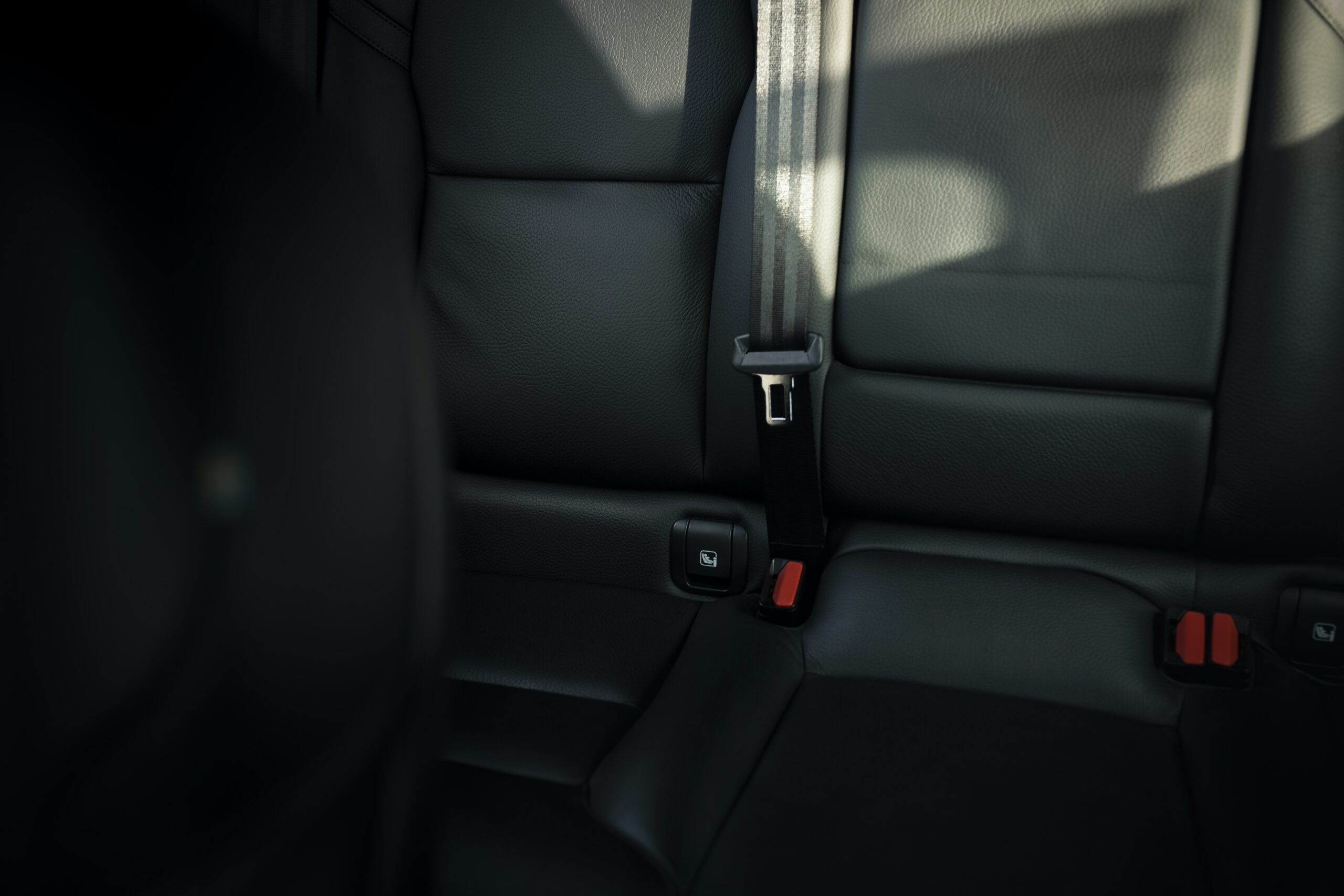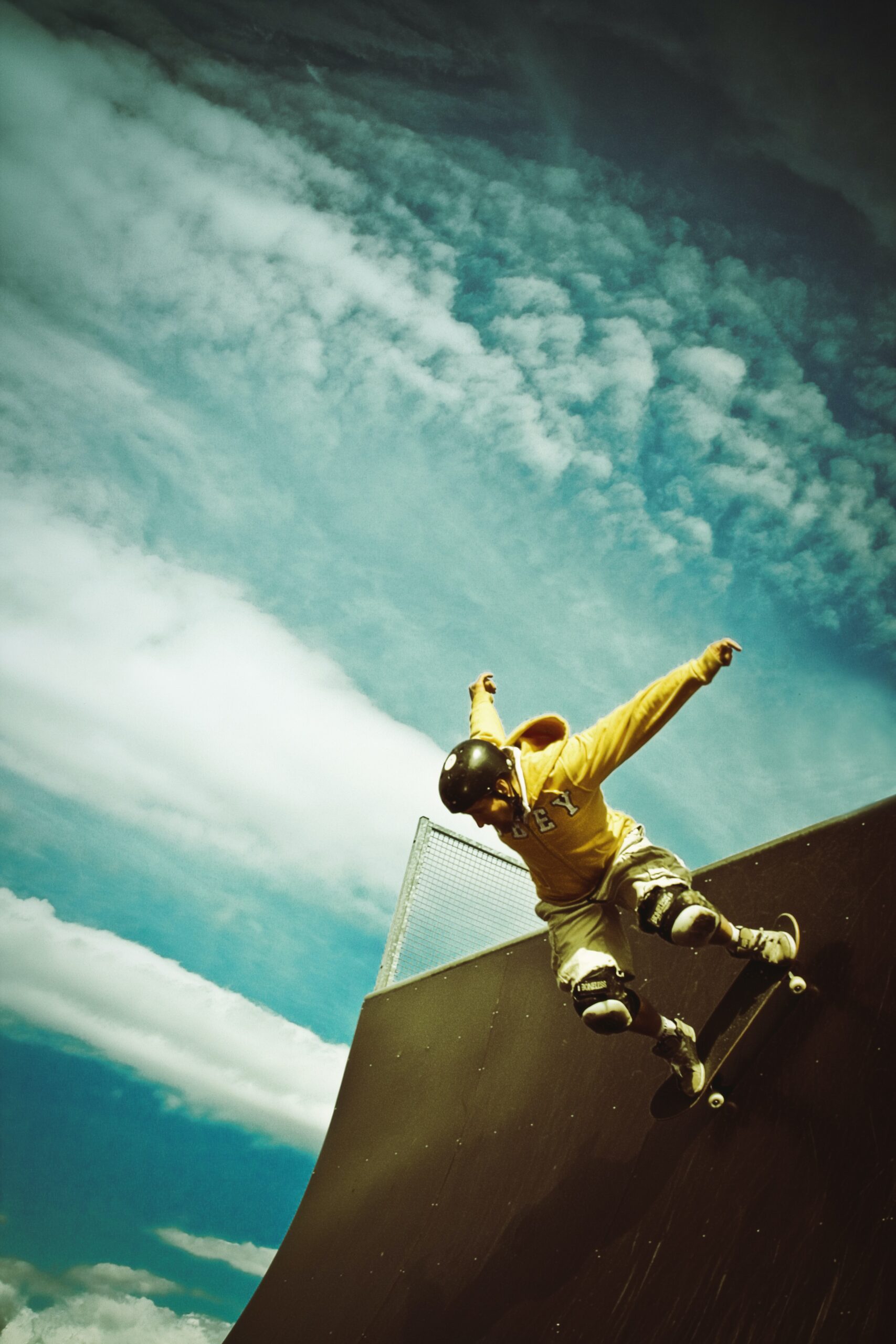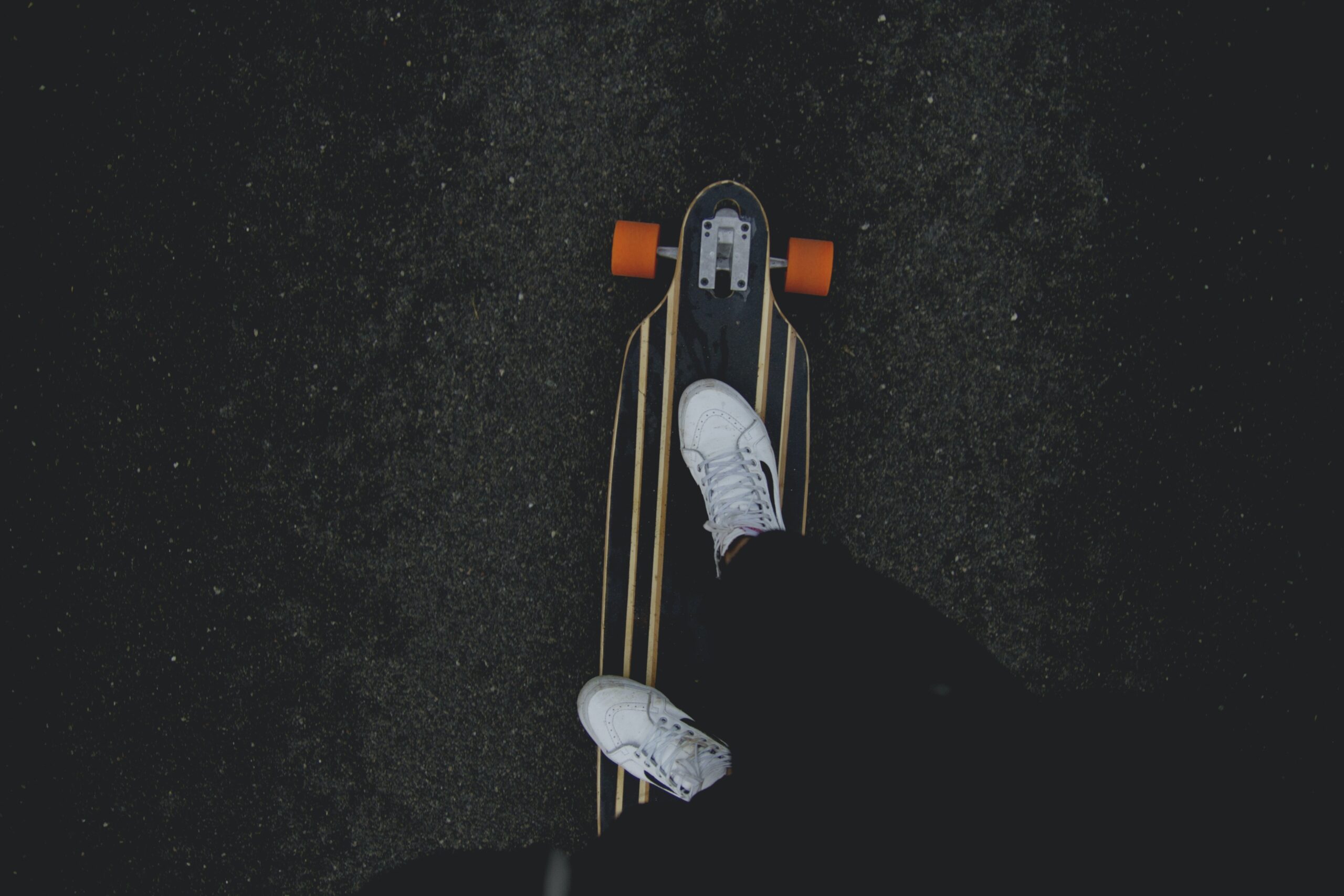If you’re eager to master the art of skateboard no-comply flips without sacrificing safety, you’ve come to the right place. This article will guide you through the essential techniques and precautions necessary to ensure a secure and enjoyable practice session. Whether you’re a novice skateboarder looking to expand your trick repertoire or a seasoned pro seeking to perfect your skills, let’s dive in and explore the best ways to safely practice skateboard no-comply flips.
Choosing the Right Skateboard

Board Size
When it comes to choosing the right skateboard, one of the first things you need to consider is the board size. The size of the skateboard not only affects your overall comfort but also plays a significant role in your ability to perform tricks and maneuvers. As a beginner, it’s generally recommended to opt for a skateboard with a width between 7.5 and 8.0 inches. This size offers a good balance of stability and maneuverability, allowing you to comfortably learn and progress your skateboarding skills.
Board Shape
Another important factor to consider is the shape of the skateboard. Skateboards come in various shapes, such as Popsicle, cruiser, and old-school shapes. If you’re primarily interested in performing tricks and mastering technical maneuvers, a Popsicle-shaped skateboard is usually the way to go. Popsicle-shaped boards feature a symmetrical nose and tail, which allows skaters to perform tricks from both ends of the board. On the other hand, if you’re more interested in cruising and carving, a cruiser-shaped board might be a better fit for you.
Board Material
The material of the skateboard plays a crucial role in its durability and performance. Most skateboards are made from either maple wood or composite materials. Maple wood is known for its strength and resilience, making it an excellent choice for skateboard construction. Composite materials, such as fiberglass and carbon fiber, are often used in higher-end skateboards to enhance their durability and stiffness. Ultimately, the choice of board material comes down to personal preference and budget. Maple wood is a popular choice for beginners due to its affordability and reliability.
Wearing Proper Protective Gear
Skateboarding is an incredibly fun and exhilarating activity, but it’s also important to prioritize safety. Wearing proper protective gear is essential to prevent injuries and ensure a safe skateboarding experience.
Helmet
One of the most critical pieces of protective gear is a helmet. Your head is particularly vulnerable in skateboarding, so it’s crucial to protect it from potential impacts. When choosing a helmet, make sure it fits snugly and covers the entire top of your head. Look for helmets that are certified by safety standards, such as the CPSC (Consumer Product Safety Commission) or ASTM (American Society for Testing and Materials).
Knee Pads
Knee pads provide essential protection for your knees, which are susceptible to injury during skateboarding. They help absorb the impact from falls and slides, reducing the risk of scrapes, bruises, and more severe injuries. Look for knee pads that offer a comfortable fit and are made from durable materials. Adjustable straps and padding can ensure a secure and customized fit.
Elbow Pads
Just like knee pads, elbow pads are crucial for protecting your elbows during skateboarding. They provide cushioning and support, reducing the risk of fractures, dislocations, or abrasions. Look for elbow pads with reinforced caps and comfortable padding to ensure optimal protection and mobility.
Wrist Guards
Wrist guards are often overlooked but play a vital role in preventing wrist injuries, such as sprains and fractures. Falling forward while skateboarding can lead to significant impacts on the wrists, making it essential to wear protective guards. Look for wrist guards with sturdy splints and adjustable straps to provide maximum support and flexibility.
Finding a Safe Practice Area
Choosing the right practice area is essential to ensure a safe and enjoyable skateboarding experience. Here are a few options to consider:
Skate Parks
Skate parks are specifically designed for skateboarding, making them ideal for practicing your skills and learning new tricks. They offer ramps, rails, and various features that cater to different skill levels. When using a skate park, make sure to follow any posted rules and be mindful of other skaters. It’s also important to wear your protective gear at all times to minimize the risk of injuries.

Empty Parking Lots
Empty parking lots can serve as convenient practice areas, particularly for beginners who are still mastering the basics. Look for parking lots that are well-maintained, free of debris, and have ample space. It’s important to choose a time when the parking lot is less likely to be busy, such as early mornings or late evenings. Make sure to check local regulations and obtain permission if necessary.
Private Property with Permission
If you have access to private property, such as a friend’s backyard or an empty lot, it can provide a more controlled and secure practice environment. Ensure that you have permission to skate on the premises and take any necessary precautions to ensure the safety of yourself and others. Always be respectful of the property and clean up any trash or debris before leaving.
Mastering the Basics
Before diving into more advanced tricks like no-comply flips, it’s essential to master the basics of skateboarding. Here are three fundamental tricks that will serve as a foundation for your progression:
Ollies
The ollie is the building block of many skateboarding tricks. It involves popping the tail of the skateboard while sliding your front foot up towards the nose, causing the board to leave the ground. Learning to ollie requires practice and coordination, but mastering this trick opens up endless possibilities for more advanced maneuvers.
No-Complies
No-complies are a trick category that involves manipulating the skateboard using only one foot while the other foot remains on the ground. They are an excellent way to improve your board control and balance. No-complies can be done in various ways, such as while rolling or in static positions.

Kickflips
Kickflips are a popular and stylish trick that involves flipping the skateboard in mid-air. The trick requires a combination of popping the tail, dragging your front foot across the board, and flicking your ankle to make the board spin. Perfecting the kickflip takes time and practice, but it’s a rewarding skill to have in your skateboarding arsenal.
Understanding No-Comply Flips
Now that you have a solid foundation in the basics, it’s time to delve into the world of no-comply flips. No-comply flips are a category of tricks that combine the principles of both no-complies and kickflips. Understanding the key components of this trick will help you execute it smoothly and stylishly.
Foot Placement
Proper foot placement is crucial for executing a no-comply flip. As you prepare for the trick, position your front foot on the tail of the skateboard, similar to the setup for an ollie. Your back foot should be placed just behind the front bolts, angled slightly towards the heel edge of the board. Finding the right foot placement may take some experimentation, so feel free to adjust until you find a position that feels comfortable for you.
Pop Motion
Initiating the pop motion is the first step towards performing a no-comply flip. To get the board off the ground, pop the tail with your front foot while simultaneously transferring your weight onto your back foot. This motion is similar to an ollie but with a greater emphasis on the front foot’s popping action. This pop motion creates the necessary upward momentum for the flip to occur.
Board Rotation
Timing and coordination are key when it comes to the rotation of the board in a no-comply flip. As you pop the tail, use the flicking motion of your front foot to initiate the flip. The board should rotate in a kickflip-like manner, with the grip tape side flipping upwards. Your back foot plays a crucial role in guiding the board’s rotation and keeping it under control. Experiment with the force and direction of your flick to achieve the desired rotation.
Starting with Static No-Comply Flips
Before attempting no-comply flips while rolling, it’s beneficial to start with static variations of the trick. Static no-comply flips allow you to focus on mastering the footwork and timing without the added complexity of momentum.

Stance
Begin by setting up in a stationary position on flat ground. Position your feet according to the previously discussed foot placement for no-comply flips. Ensure that your shoulders are parallel to the board and your weight is evenly distributed between your feet. This stable stance will provide a solid foundation for executing the trick.
Foot Position
With your feet set up, focus on the proper execution of the no-comply flip. As you pop the tail, gently slide your front foot up towards the nose while simultaneously flicking your ankle to initiate the flip motion. Your back foot should guide the board’s rotation by subtly adjusting your foot position and providing support.
Practice Drills
To refine your technique and build muscle memory, incorporate practice drills into your training regimen. Start by performing static no-comply flips repetitively, focusing on consistency and precision. Pay attention to the timing and interaction between your front foot pop, flick, and board rotation. Over time, you’ll develop a greater sense of control and confidence, setting the stage for transitioning to rolling variations of the trick.
Progressing to Rolling No-Comply Flips
Once you have mastered static no-comply flips, it’s time to take your skills to the next level by attempting them while rolling. Rolling no-comply flips add an additional challenge due to the introduction of momentum and the need for precise timing.
Riding Stance
Before attempting a rolling no-comply flip, make sure you feel comfortable riding your skateboard. Maintain a relaxed riding stance with your knees slightly bent and your weight centered over the board. As you gain confidence and speed, you’ll be better equipped to execute the trick smoothly.

Applying Momentum
As you ride, generate momentum by pushing with your feet or pumping your legs. Rolling with a controlled speed is vital for executing the no-comply flip. Too much speed can make it challenging to control the board’s rotation, while too little speed might not provide enough momentum for the trick to fully develop. Find a balance that allows you to maintain control while still generating enough speed to perform the trick.
Landing Techniques
Landing a rolling no-comply flip requires precise timing and coordination. As the board completes its rotation, spot the grip tape and prepare to catch it with your back foot. Extend your front foot to allow the board to make full contact with the ground, and keep your knees slightly bent to absorb the impact. Aim for a smooth and controlled landing, gradually increasing your confidence and consistency with practice.
Preventing Injuries
While skateboarding is an exhilarating activity, it’s essential to take steps to prevent injuries. Here are some key measures to minimize the risk of accidents:
Avoiding Overexertion
Pushing yourself too hard without proper rest can lead to exhaustion and increased susceptibility to injuries. Listen to your body, take breaks when needed, and gradually build up your training intensity to avoid overexertion.
Proper Warm-up and Stretching
Before each skateboarding session, invest time in warming up your muscles and stretching to improve flexibility and reduce the risk of strains or sprains. Engage in light cardio exercises, such as jogging or jumping jacks, and perform dynamic stretches that mimic skateboarding movements.
Knowing Your Limits
It’s crucial to have a realistic understanding of your skill level and gradually progress at a pace that feels comfortable for you. Pushing yourself too far beyond your capabilities can increase the chances of accidents and injuries. Remember that skateboarding is a journey, and it’s vital to enjoy the process of learning and improving.
Learning from Experienced Skaters
Learning from experienced skaters can significantly accelerate your progress and help you develop proper techniques. Here are a few ways you can tap into their knowledge:
Joining Skateboarding Communities
There is a thriving skateboarding community in many areas, both online and offline. Joining local skateboarding groups or forums can provide you with opportunities to connect with experienced skaters who are willing to share their knowledge and tips. Engage in discussions, ask questions, and learn from their experiences.
Seeking Advice
If you have access to experienced skaters in your friend circle or local community, don’t hesitate to seek their advice. Skaters who have been practicing for an extended period often have valuable insights and can provide guidance tailored to your specific needs and goals.
Observing and Replicating Techniques
Watch videos or attend skateboarding events where seasoned skaters showcase their skills. Observing their techniques, body positioning, and overall style can offer inspiration and help you identify areas for improvement. Take note of their footwork, balance, and approach to different tricks and try to replicate those techniques in your own practice sessions.
Patience and Persistence
Skateboarding, like any other skill, requires patience and persistence. Here are some important factors to keep in mind as you continue your skateboarding journey:
Consistent Practice Schedule
Establishing a consistent practice schedule is crucial for steady improvement. Set aside dedicated time in your weekly routine for skateboarding and stick to it. Regular practice allows you to build muscle memory, strengthen your skills, and progress more efficiently.
Resilience
As with any physical activity, skateboarding involves falls and failures along the way. It’s important to develop resilience and understand that setbacks are a natural part of the learning process. Embrace the challenges, learn from your mistakes, and keep pushing forward. Remember, every fall is an opportunity to learn and grow as a skater.
Maintaining a Positive Mindset
A positive mindset can make a world of difference in your skating journey. Focus on your accomplishments and the progress you’ve made, no matter how small. Celebrate every milestone and stay motivated by setting realistic goals for yourself. Surround yourself with supportive individuals who encourage and uplift you throughout your skateboarding endeavors.
By following these tips and taking the necessary precautions, you can safely practice skateboard no-comply flips and experience the joy of mastering this exciting trick. Remember, skateboarding is a journey that is meant to be enjoyed. Strap on your helmet, gear up, and embark on your skateboarding adventure with enthusiasm and a commitment to safety. Happy skateboarding!
